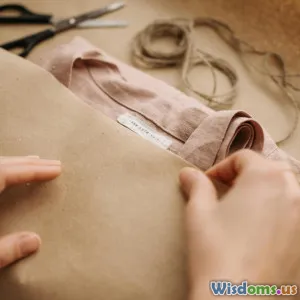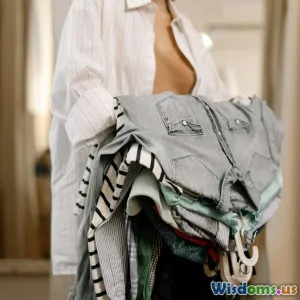
Seven Surprising Ways Social Media Reinvents Thrift Store Styles
14 min read Discover how social media trends and communities transform thrift store finds into stylish, on-trend outfits. (0 Reviews)
Seven Surprising Ways Social Media Reinvents Thrift Store Styles
Walk into any thrift store, and you'll find an eclectic mix of styles from every decade. For years, these racks catered to the budget-minded and the quirky. Now, a powerful digital transformation is unfolding: social media. Platforms like Instagram, TikTok, and Pinterest are radically reinventing the thrift store narrative—turning bargain finds into style statements, and elevating secondhand clothing from practical purchases to avenues of creative expression. In this article, we'll explore seven unexpected and game-changing ways that social media is turning thrifted treasures into high fashion on your feed and beyond.
The Power of Thrift Store Hauls and Try-Ons
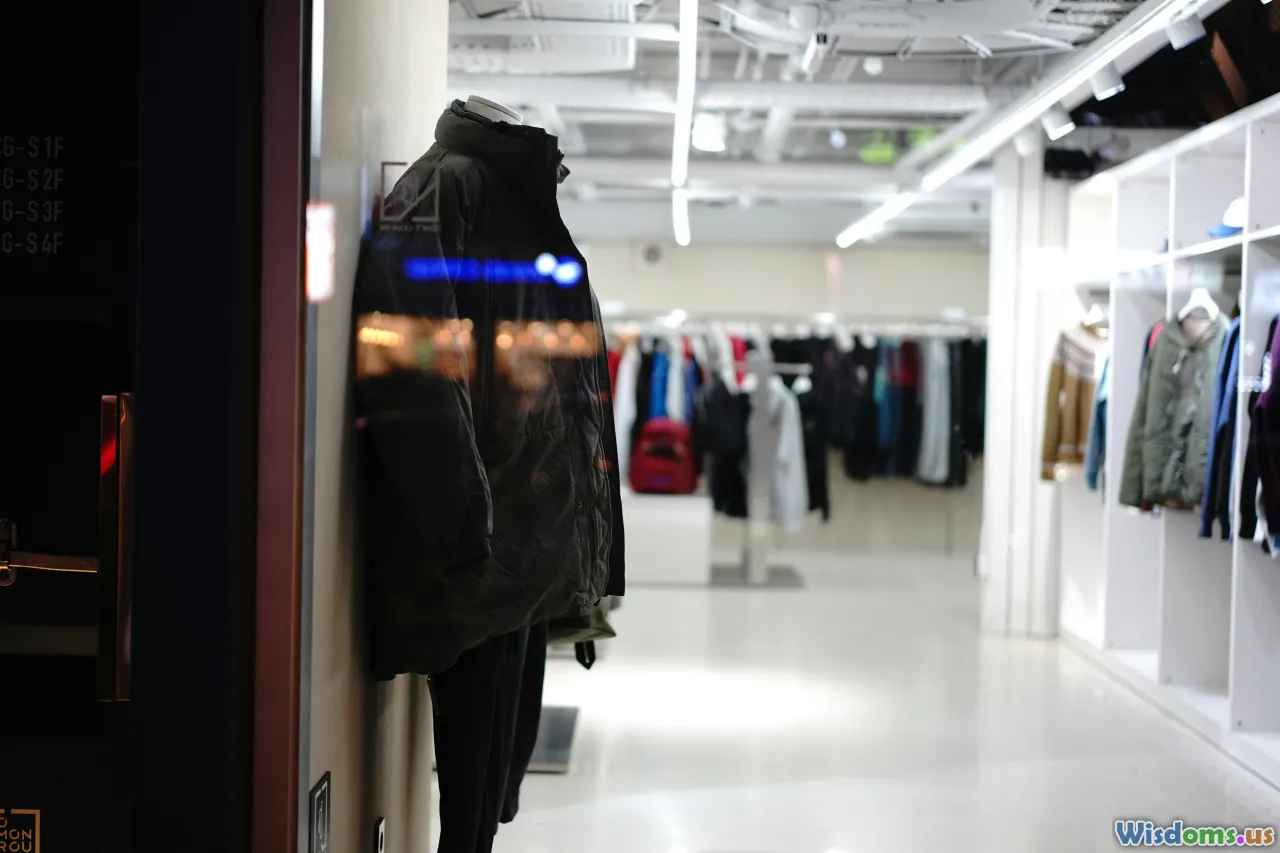
Anyone who’s spent time on TikTok or YouTube is likely familiar with the thrift haul—videos where creators unveil their latest secondhand discoveries and often try them on for viewers. With millions of hashtags like #ThriftHaul garnering hundreds of millions of views, these digital showcases have fundamentally changed how we think about used clothing.
Why do these work? Haul videos blend entertainment, inspiration, and practical shopping tips. They invite followers into the thrill of the hunt and show how everyday people transform bargains into personalized statements. For instance, when TikTok star Cleo Abram shared how she found a designer blazer for $6, her video quickly circulated, with thousands replicating her look and discussing their own store experiences.
These try-on sessions don’t just flaunt new finds—they demystify fit and quality. Shoppers gain confidence to visit thrift stores, armed with real-world examples of what’s out there. The ripple effect? Increased foot traffic in local shops and a growing sense that secondhand is both stylish and accessible.
TikTok Trends: Upcycling and Viral DIY Projects
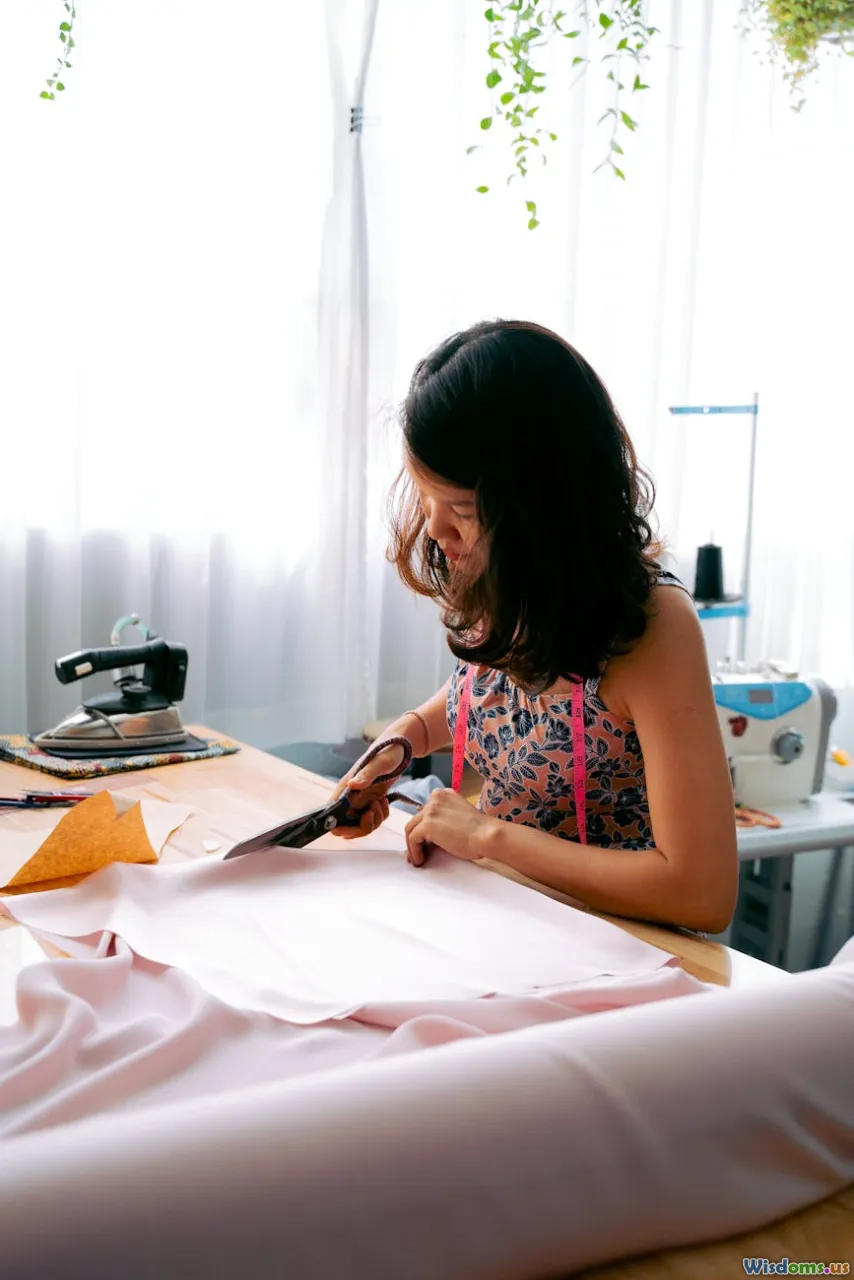
From transforming oversized men's shirts into summer dresses, to hand-painting denim jackets, TikTok has become ground zero for upcycling inspiration. DIY influencers like @micarahtewers have amassed millions of followers by documenting step-by-step transformations of thrifted pieces.
This renaissance of creativity goes beyond simple alterations. On social media, complicated techniques—like dyeing, embroidery, applique, and fabric patchwork—are demystified through 60-second tutorials or thread-collaborations, making them accessible to anyone with a needle, thread, or pair of scissors. Hashtags like #ThriftFlip (over 580 million TikTok views as of early 2024) connect communities eager to see what the next viral transformation will be.
A surge in ‘zero waste’ content: Driven by Generation Z’s values, TikTok and Pinterest have popularized sustainable living, with users boasting eco-friendly creds by repurposing garments that might otherwise end up in a landfill. The message is clear: thrifted clothes aren’t just discarded fiber, they’re building blocks for visionary, sustainable fashion projects anyone can tackle from home.
Instagrammable Outfits: Curated Feeds and Emerging Thrift Influencers

Perfectly styled flat-lays, bold color blocking, or mixing vintage with modern—Instagram isn’t just for major buttoned-up labels anymore. Thrift influencers like @bethjonesstyle and @sammyd.tv make it their mission to share curated, secondhand-centric looks—a blend of personal branding and sustainable fashion advocacy.
Unlike traditional retail, the beauty of Instagram thrifted looks lies in their uniqueness. By tagging #secondhandfirst or #thriftedfashion, users showcase one-of-a-kind outfits that inspire creativity and shatter the myth that sustainability means sacrificing style. Their Reels and stories illuminate the true value of curation, demonstrating how $10 investments at Goodwill can be mixed, matched, and elevated with designer accessories.
By normalizing secondhand splendor in aspirational aesthetics, Instagram removes much of the stigma that once accompanied thrifting. Notably, 48% of Gen Z Instagrammers, per Business of Fashion, claim to regularly buy secondhand clothes—often citing inspiration found in Instagram outfits.
Poshmark, Depop, and Digital Marketplaces: Selling Goes Social
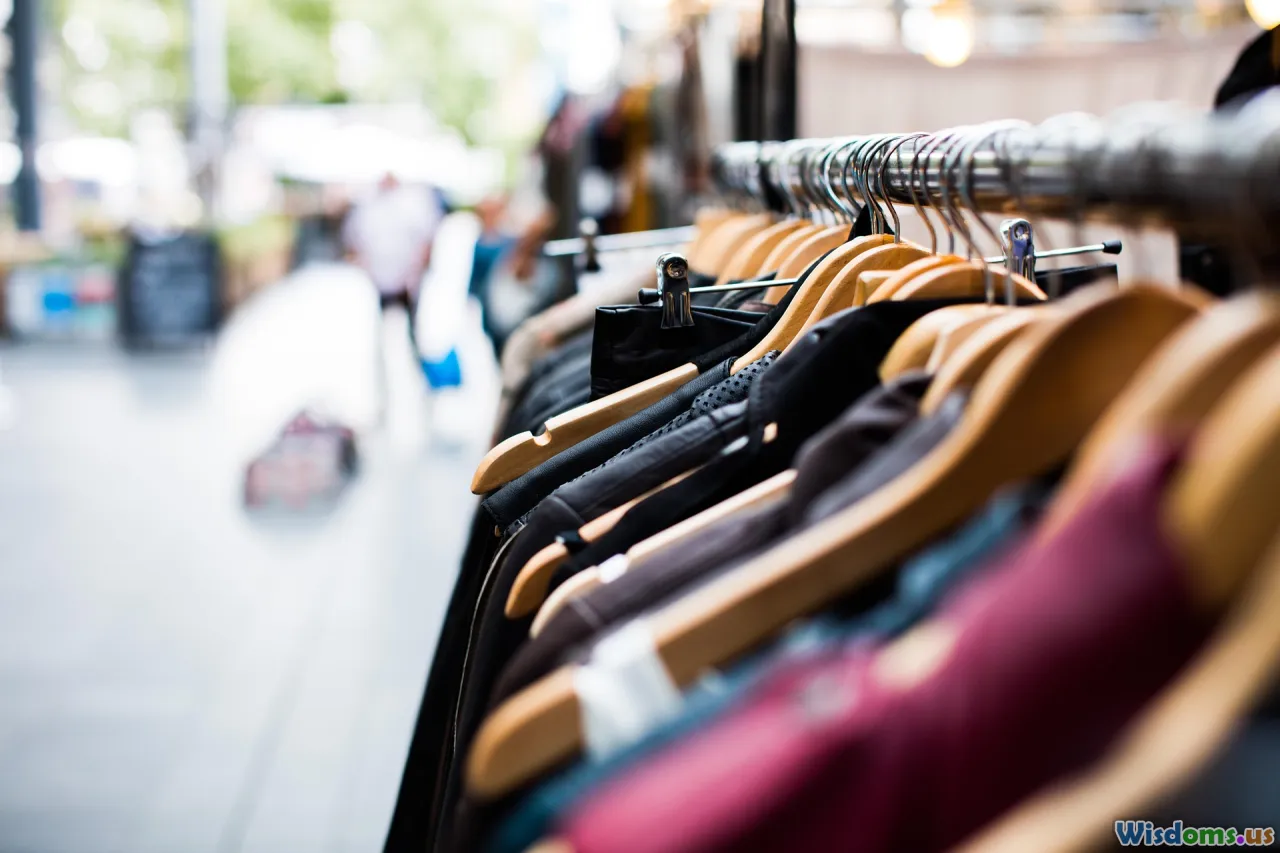
The modern thrift store doesn’t always have a brick-and-mortar location. Social-powered platforms like Depop, Poshmark, and Vinted have ushered in an explosion of secondhand sellers—from casual closet clear-ers to power-resellers.
How do these peer-to-peer marketplaces reinvent thrift?
- Curation and Micro-Entrepreneurs: Sellers curate thematic collections—Y2K, grunge, preppy—that attract niche buyers and create new trends.
- Social Proof: Followers, likes, and reviews create trust—a form of digital word-of-mouth not found in local thrift stores.
- Storytelling: Listings feature detailed origin stories, styling tips, and the occasional behind-the-scenes look at thrifting adventures, making every item feel special.
Take Depop: 90% of users are under 26, turning vintage sales into a lifestyle and even a full-time gig for some. Shoppers can interact directly with sellers, ask questions, and propose styling combos, adding a community-driven dimension to commerce.
The Meme-ification of Vintage Styles

Not all thrift transformations are serious. The meme-ification of thrift store finds—a trend especially pronounced on Twitter (now X), Instagram, and Reddit—has given rise to tongue-in-cheek celebrations of kitsch. From oversized 1980s ski jackets and sequin animal sweaters to faded concert tees, quirky clothes become viral sensations.
Online communities like r/ThriftStoreHauls unite humorists eager to show off the weirdest, wildest garments imaginable.
- Example: The "Grandparent Chic" hashtag exploded when users started sharing and remixing intentionally unfashionable (and formerly uncool) garb—think thick-knit vests and orthopedic sneakers.
- Viral Memes: Memes like "I paid $3 for this and now it’s priceless," or before/after transformation side-by-sides, make the fun side of secondhand cool again.
- Embracing Camp: Young users now actively hunt for items once mocked, reviving the aesthetic for a new digital generation—as seen in the comeback of 1990s windbreakers and dad jeans, all with a playful wink.
Rather than shying away from the odd or awkward, social media empowers users to make bold fashion statements from the comically ordinary.
Virtual Styling Challenges and Collaborative Trends

Remember when runway fashion dictated what was cool? Now, anyone can become a style-setter by participating in digital challenges. Virtual thrift styling competitions—like “Thrift Flip Challenge,” “1 Piece, 5 Ways,” or pop-up events led by influencers—are regularly hosted across platforms.
How do these challenges work?
Participants thrift a single item, then re-imagine or style it according to a prompt—a color, an era, or a fictional character. Entries are shared via hashtag round-ups, Instagram stories, or TikTok duets, fostering a sense of community and playful competition.
- Concrete Example: The annual "Rummage Runway" Instagram event tasks hundreds of users to build show-stopping outfits using only secondhand materials, with the best submissions featured by major style accounts.
- Rising Collaborations: Users team up for "swap-a-thons," mailing thrifted items across the country for others to restyle and post. These exchanges highlight creative approaches across cultures and widen the lens on what thrifted fashion can be.
Such interactive events blur the line between professional fashion shows and grassroots style, democratizing the creative process and encouraging users at every skill level to experiment with thrifted style.
Hashtag Movements: Making Ethics Go Viral

Social media is a powerful engine for cause-driven fashion—and thrift stores are at its heart. Campaigns like #WhoMadeMyClothes (pioneered by Fashion Revolution), #SustainableFashion, and #NoNewClothes have amassed global followings, each advocating for environmental awareness and conscious consumerism.
- Ethical Momentum: As awareness around fast fashion’s impacts grows, digital thrift movements become beacons for climate-focused Gen Z and Millennials. Stats back this up: 42% of Gen Z shoppers increased their secondhand purchases in 2023, with many citing social media as a key influence (ThreadUp Resale Report).
- Storytelling for Change: Influencers and casual users don’t just show what they buy; they detail where it came from, the labor behind it, and how keeping materials in circulation becomes a form of activism.
- Actionable Tips: Panel discussions, infographics, and live Q&As provide actionable advice—from laundry hacks to maintain old fabrics, to guidance on building a capsule wardrobe, free from fast fashion.
The result? Thrift store shopping, reframed as a radical act of resistance, becomes a viral-ready emblem of both individuality and global consciousness—all with the help of a hashtag.
Secondhand Style in the Metaverse: Digital Avatars and Virtual Thrifting
As the fashion world morphs with technology, a new thrift frontier is emerging: the digital realm. Virtual worlds—ranging from Roblox to Decentraland—now feature their own thrift stores, where players outfit avatars in vintage-inspired or upcycled digital clothing.
- Avatars with Attitude: Designers partner with secondhand marketplaces to create "digital twins" of real-world thrift store pieces. These can be worn by avatars or bought as NFTs, merging thrift chic with blockchain-based ownership.
- Accessible Fashion: Digital thrifting lets users experiment risk-free, encouraging combinations they might shy away from in real life. This stirs real-world creativity, inspiring buyers to hunt for similar finds IRL.
- Metaverse Curators: Creators establish virtual thrift stores and style consultancies inside games and digital platforms, reshaping secondhand identity for a new generation—the so-called "Neo-thrifters."
As cutting-edge as all this sounds, it’s a logical extension of the broader social media-driven thrift culture: personalized, shareable, and always ready for the next trend.
Now, with every post, story, and hashtag, secondhand style breaks away from its old-fashioned stereotypes. Social media doesn't simply amplify what happens in thrift stores—it reinvents it, making each piece a new chapter in an evolving, interconnected fashion narrative. Next time you swipe through your feed or browse the racks, keep an eye out for the familiar: chances are, it will be trending again—only better, bolder, and newly reimagined.
Rate the Post
User Reviews
Other posts in Fashion & Social Media
Popular Posts














